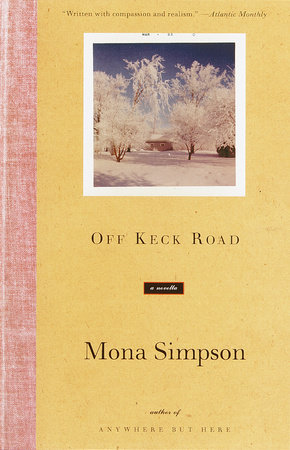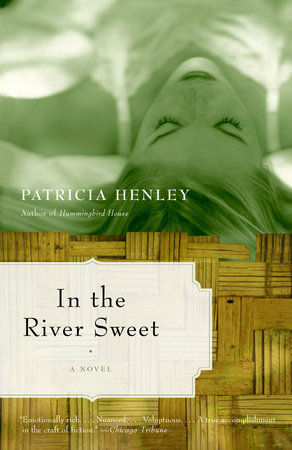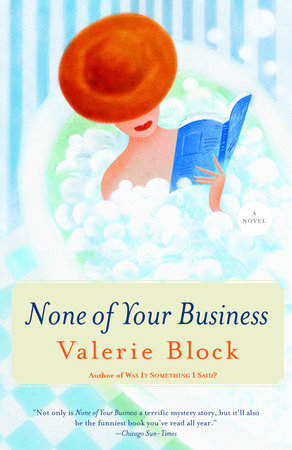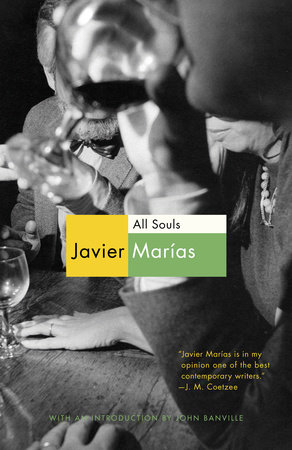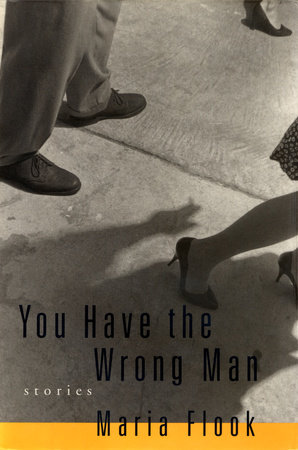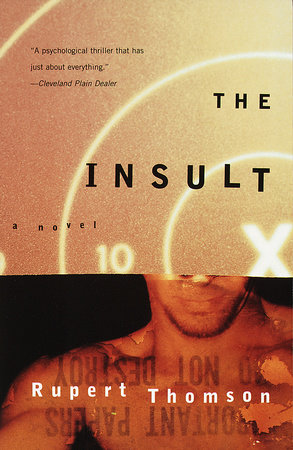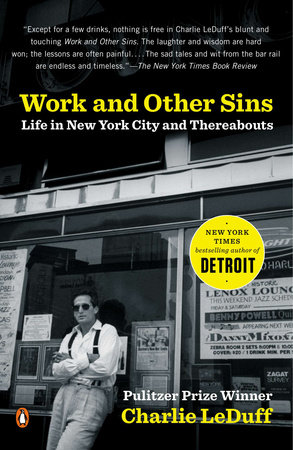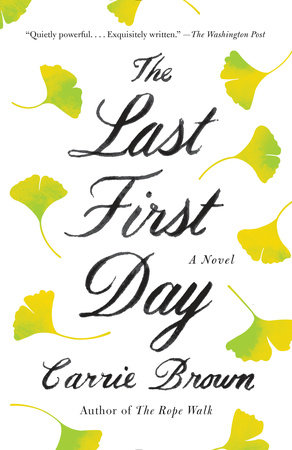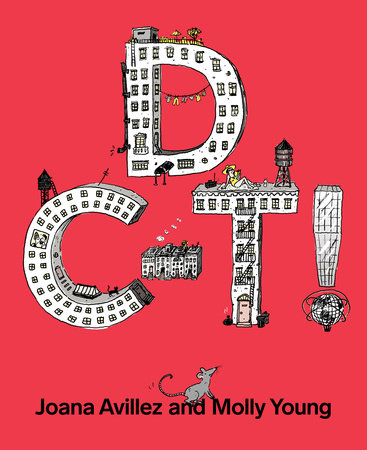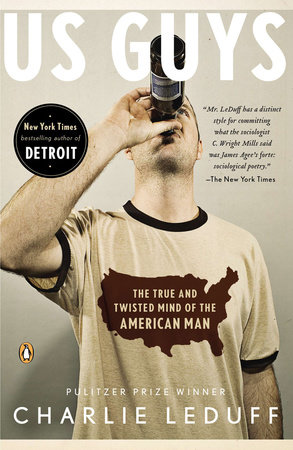Q: How did Off Keck Road begin?
A: The first image I remember turned out to be the second chapter of the book, when the kids all lined up to get the polio vaccination in the school gym. Another scene I felt early on in the writing of the book is the opening drive, which reads, I hope, with a little of the optimistic lilt of a girl’s book–Bea, young in her sparkling car, going to see a new place outside of town. I see that scene–the hopefulness, the innocent brightness, the new shiny car–alongside Shelley’s scenes with George, in which the sex is not romantic or particularly familiar. That to me is the truth about my home town, both that innocence and that unglamorous fugitive sensuality which you’ll find no record of in any of our national culture.
Q: How did you decide to write a novella rather than a novel?
A: I didn’t really. When I started I was just writing, I didn’t know what. I thought maybe I was writing a story or something on the scale of a girl’s book, that would of course have its dark raw side. I knew I was not writing a girl’s book, just a story that might feel and look like one, the shape of one. I think of a girl’s book as a kind of fantasy about domestic life. I knew I wasn’t writing a novel. I’ve written three novels and I’m in the middle of a fourth–I know what that feels like and this wasn’t it. Maybe it was too much pleasure to be a novel.
Q: Off Keck Road is a story about the costs and rewards of staying in a small town with your family, rather than moving to a major city. What are you saying about small town life?
A: I haven’t lived in a small town for any of my grownup life. I left the Wisconsin city I grew up in (itself not exactly a town) when I was a child, and visited only on holidays, often taking a train there or even a Greyhound bus from California. So that small city still holds the reservoir of all my early sights and sounds, the scraps we find our voices out of, the pieces we use again and again in dreams.
Q: Is any part of the book autobiographical?
A: There’s one part of the book that’s taken entirely and completely from my life. The childhood house I grew up in, my grandmother’s white house, the place I still live in my dreams, where I imagine characters live when I read a book, the layout I most associate with a home (bedrooms upstairs after a long hall of closets, eaved ceilings, huge trees with leaves that tick against the panes, a proper living room with grey drapes, a never-used front door, a mysterious adult "den," the downstairs bedroom and the kitchen–the heart of the house) is not there anymore. On the land where it was, with its majestic trees, a Wal-Mart does thriving business. And it’s also true that the fire department burned it down and put the fire out, again and again, for practice.
Q: As a writer and mother, how are you juggling these two roles?
A: I started late and so I’m just at the beginning. I’ll let you know. So far not so good. Both matter so much.
Q: What are you working on now?
A: I’m in the middle of a big novel, called My Hollywood. Sometime after that (which is like saying in my next life) I plan to complete a collection of short stories called Virginity and Other Fictions.
Q: You seem particularly interested in women’s lives, in complex relationships between women. Why do these relationships interest you?
A: Well, I suppose the most obvious reason is that I am a woman. But also, and perhaps more importantly, as an artist, I think one naturally gravitates towards the experience or position or gesture or color or articulation that you’ve felt in life, strongly and even commonly, but not yet seen in art, in my case, in books. Seventy-one years ago, in A Room Of One’s Own, Virginia Woolf complained that women in fiction, the great female characters, were only presented in relation to men, not to each other or to work, or to parents or to any number of people or activities women were in fact engaged in, every day. In popular culture, women are still presented thinking about men, dressing for men, judging themselves in relation to men. Perhaps some of this reflects a truth, but there are also other truths we all know of from our lives.
Q: Why are you writing about single women?
A: I don’t know, of course, is the truthful answer. Perhaps because I was a single woman, perhaps because I grew up with a single mother, but probably the most likely answer is because that is not at all the life I am living now.
I remember a distinct phase in my life, it lasted many years, when I had no idea, truly no idea how I would ever be able to get married or have a family. I wanted to, I wanted that, I thought, but I literally had no idea how and it seemed almost impossible to get from where I was to that far country of family life. It seemed more than oceans were between us. (Jack be nimble, Jack be quick, Jack jump over the candlestick . . . .) This was a time when I was a single woman, living in New York, dating unoccasionally. Looking back, most of what I was doing, was working, learning to be a writer, jimmying the supporting-myself side of my life as cleverly as I could, and meeting with friends for coffee in my kitchen, eating fresh made muffins, for lunch or supper, amidst laughter and complaint.
Now, when I look back at it, it was a mostly happy time, both full of hope and full of terror about the future. Two places I went to puncture the dailyness of my life then were artists colonies, Yaddo and MacDowell. At these rural, beautiful retreats I met other artists from New York City, painters who lived in Brooklyn in lofts where they ate and slept and cooked chicken soup as well as painted, or downtown in Tribeca, older women who had godchildren but no children, affairs and friendships but no regular boyfriends. At that time, I was afraid of becoming one of them. A woman artist alone in New York, working but carefully planning weekends to avoid the dread, crossing streets so as not to pass restaurants with outside tables full for brunch. Now, those solitary lives seem to me beautiful and valuable, as profound and as good as any other. Maybe more so. Jane Austen spent her whole life alone and single, writing in her family’s busy parlour about romantic love that ended in her books in marriage. Right now, I am living in a roil of family life, in the midst of its exquisite joy and exuberant noise. As much as family life perhaps shimmered as a kind of distant unattainable beauty to Jane Austen, those solitary women’s lives of single pursuit shine for me, no less burnished in their lustre for having once been mine.
Q: Why a novella?
A: Who knows? It just seemed to be the size and shape this piece was, with its central dance of Bea, Shelley and Bill. I’ve always loved the form. I love Flaubert’s A Simple Heart, Tolstoy’s novella which is alternately translated as Family Happiness and A Happy Married Life and Chekhov’s long stories "The Steppe," "In the Ravine," "A Woman’s Kingdom" and "Three Years." I think The Beast in the Jungle is as good as anything else Henry James wrote, which from me is an extremely high compliment. I love Allan Gurganus’s A Practical Heart.
In some ways, in the cases of Henry James and Tolstoy and Flaubert these condensed distilled works are their best, the clearest moments of their ample accomplishment. In some ways they deliver the themes and the beauties of the longer novels more concisely, with the additional power of that single-line speed. And yet they never could have written the shorter work without the novels, one feels.
Q: What about the theme of gossip? Does that have to do with your interest in small towns?
A: Well, gossip can make small towns out of big cities, and the kind of closed community small towns provide tends to foster gossip. In cities, people often find those of cohesive community in churches, in work, maybe even in group therapy, certainly in their children’s preschools and sports teams. Gossip of course can be as good or bad as the gossiper. Toni Morrison wrote at the end of The Bluest Eye that love is only as good as the lover. Well, kind people gossip kindly, mean people gossip meanly and most of us fall somewhere in between. Bea is meant to be a gossip, that is the role assigned to her as a solitary. Solitary people need specific ways to stay connected to a community.
Q: What does the polio vaccine and Shelley’s post polio mean to you?
A: It was my way of exploring chance. To me, that line for vaccinations was one of the universal middle-class experiences. Everyone I knew in my life was there in that line at Prebble High the day I got my polio vaccine, the nice kids and the bullies, the boys we were afraid of, the girls we envied. Of course there was a whole other world of people who were richer and who received inoculations privately in their doctor’s office, but that world wasn’t my world. I wasn’t thinking about it at the time I wrote it, but now there are new raging controversies about inoculations and vaccines, here in California. It says something about the fifties and about that maligned generation’s willingness to rise to a public service. The government asked parents to give them their children to test the polio vaccine and everyone did. Now, thousands of parents are deciding not to vaccinate, essentially to enjoy the immunity their children will receive from other children’s risk.
Q: What do you think of the contemporary portrayal of single women in popular culture?
A: Seventy-one years ago Virginia Woolf argued that women were too often portrayed only in relation to men. Even now, I think the most common portrayal of single women emphasizes women thinking about men. There’s more to most women’s lives than discussions of shoes and dates, though you wouldn’t necessarily know that watching TV. Women have always taken care of our vulnerable people–our parents and grandparents and our children. There is a quiet heroism to this perpetual common care. Another vision of sexuality.
